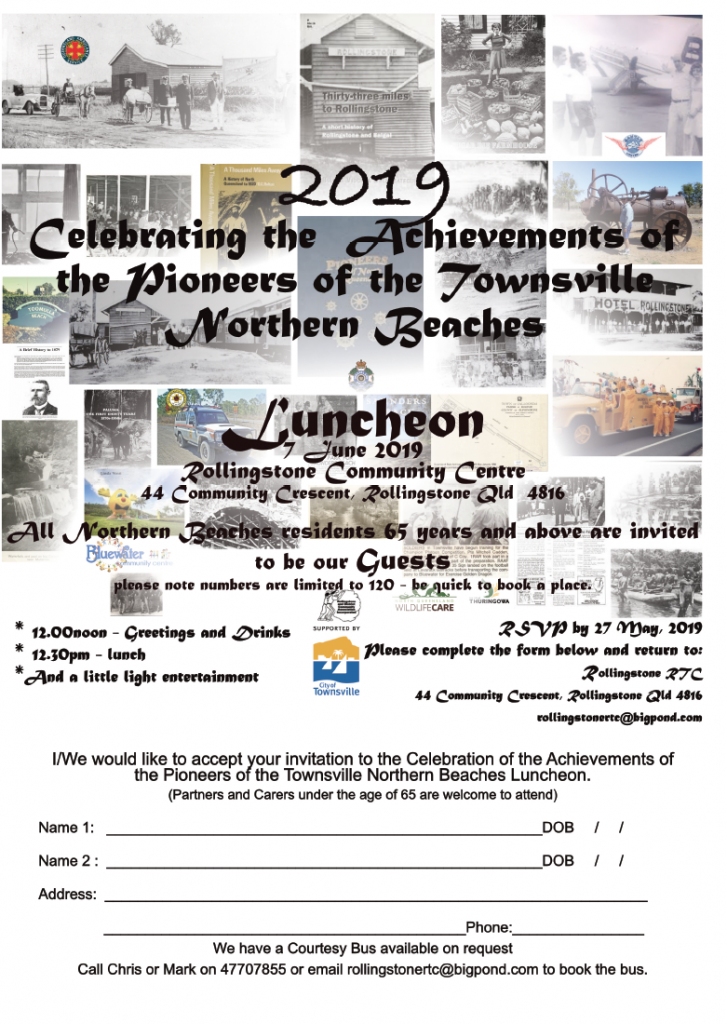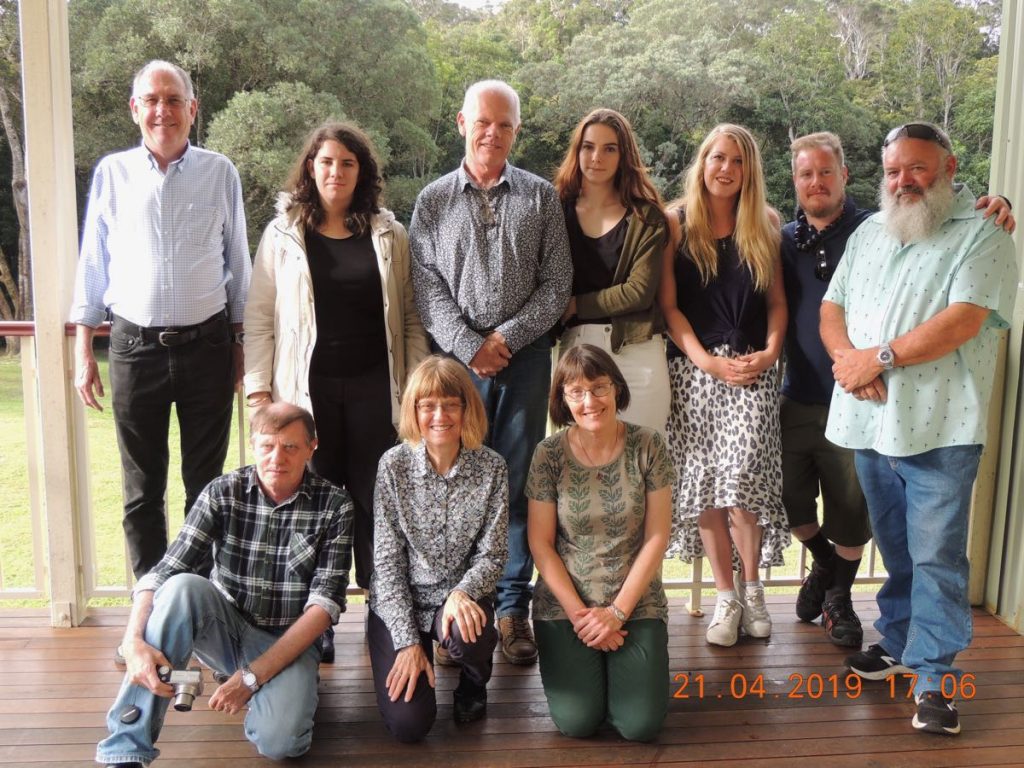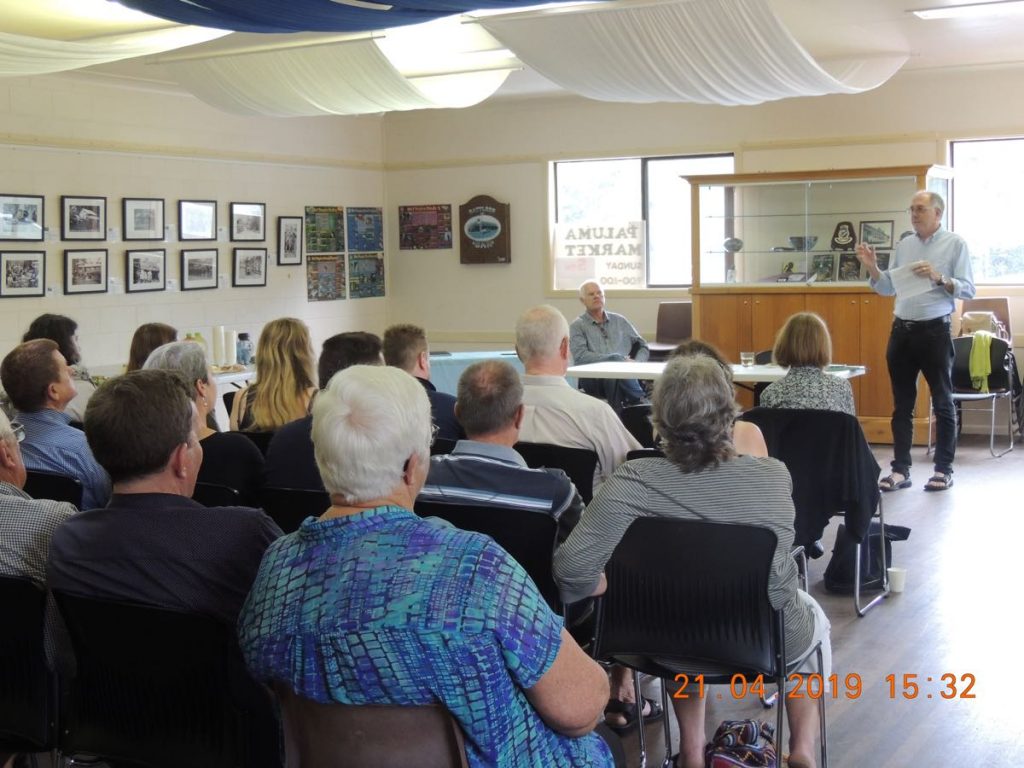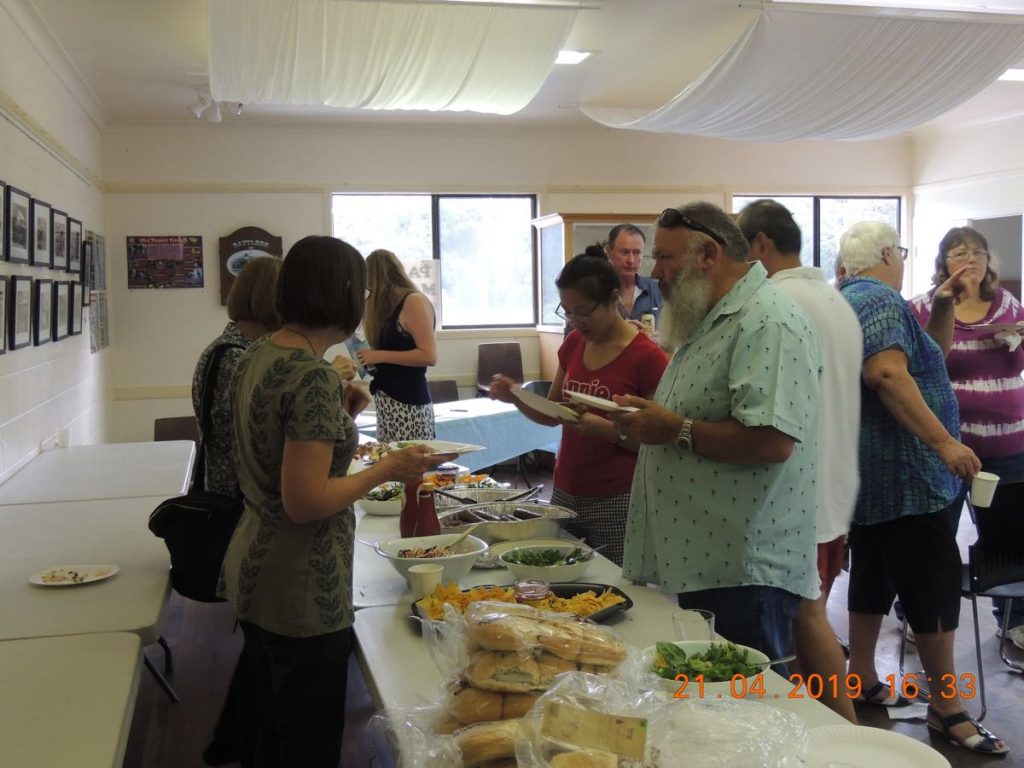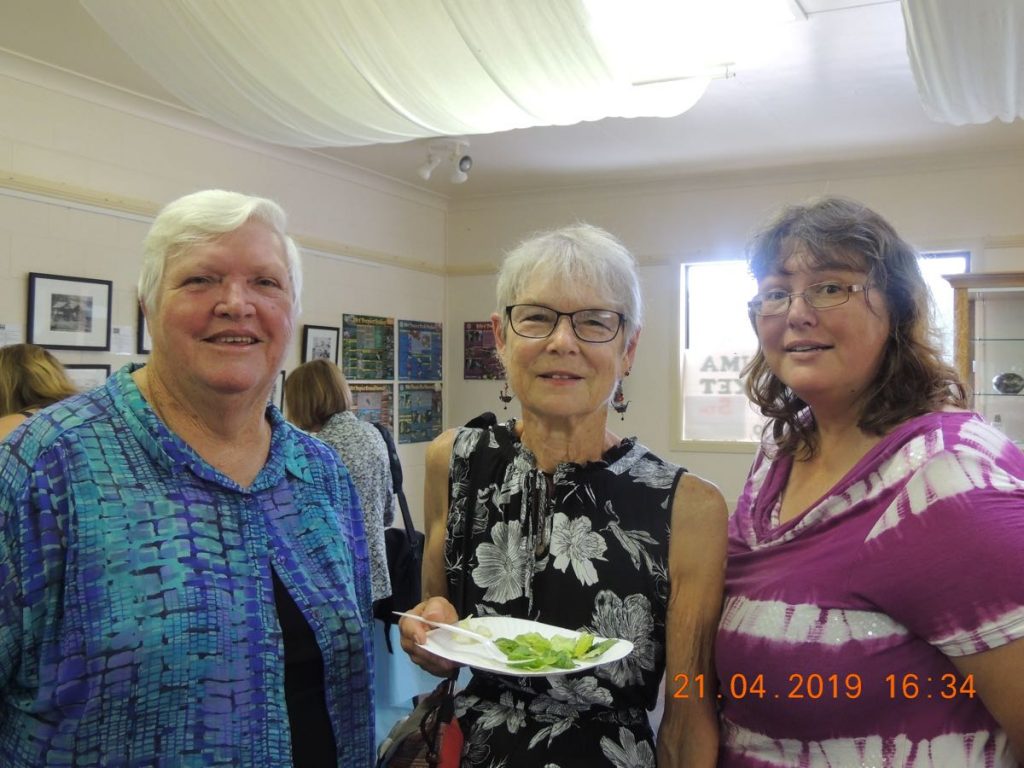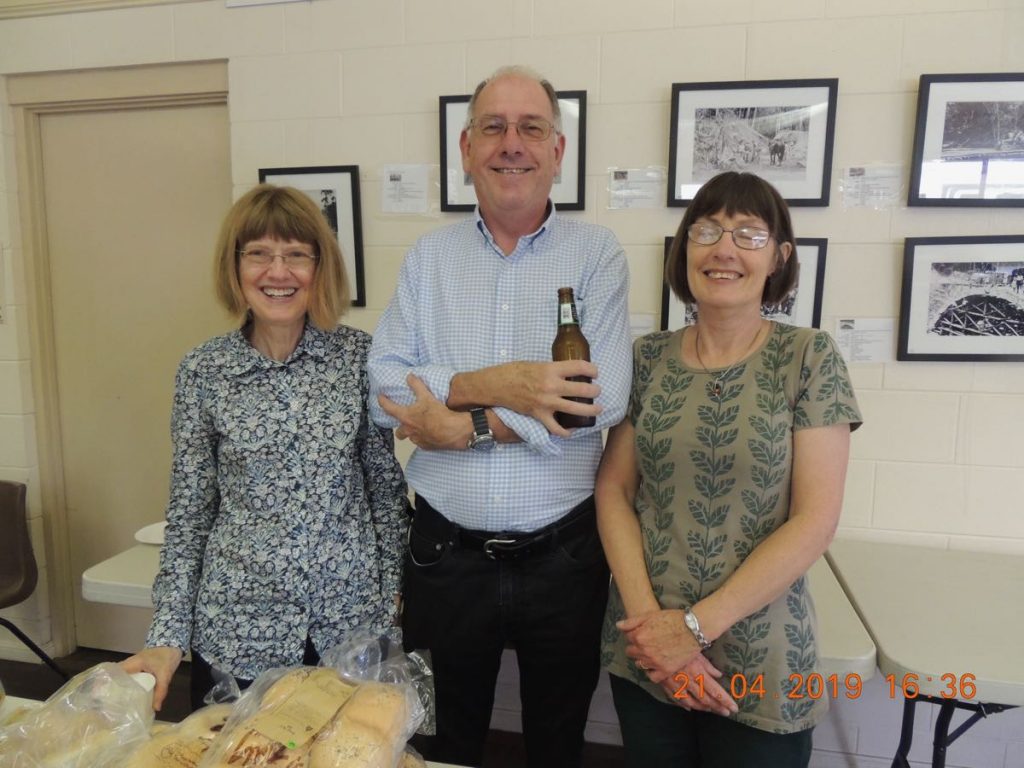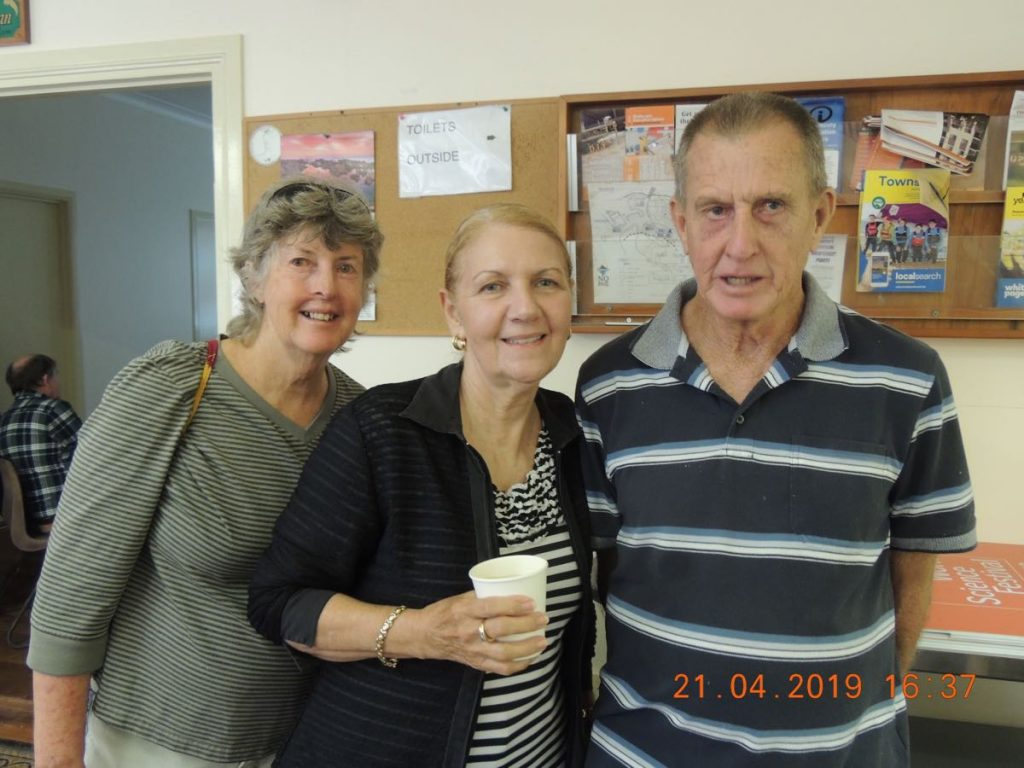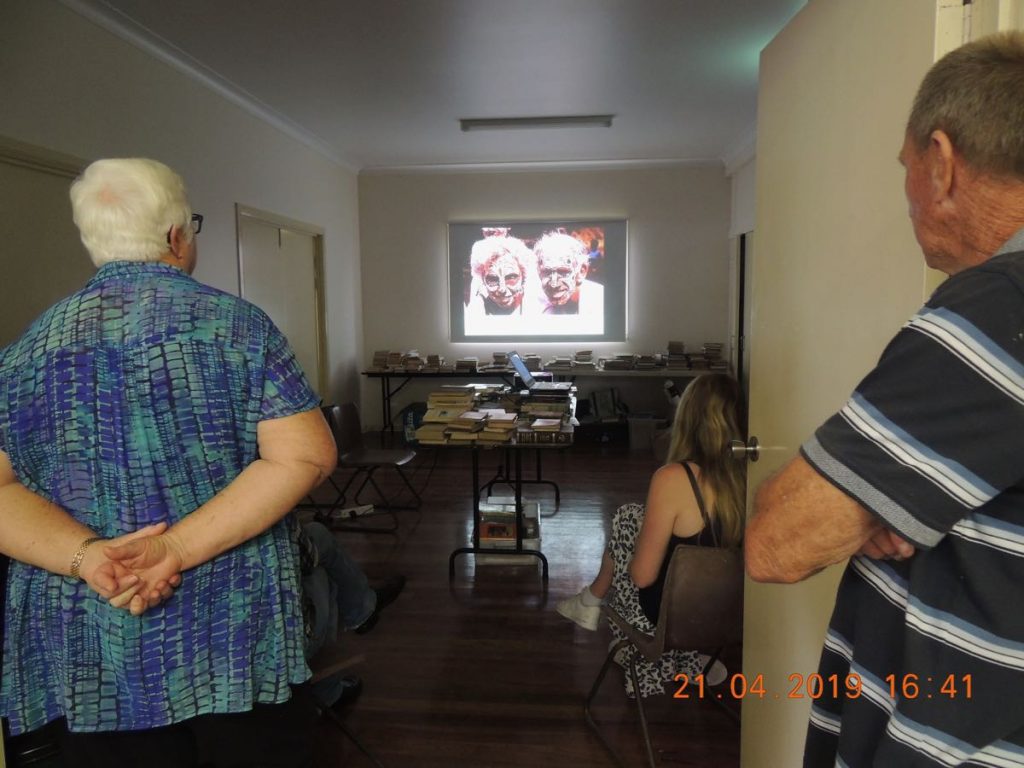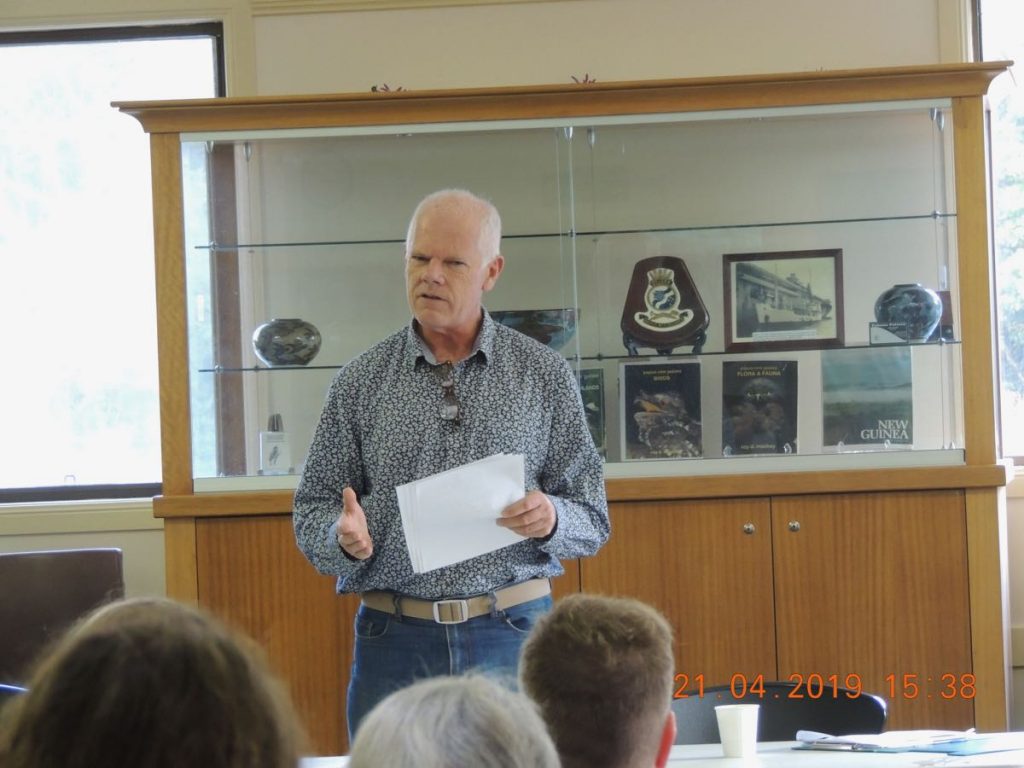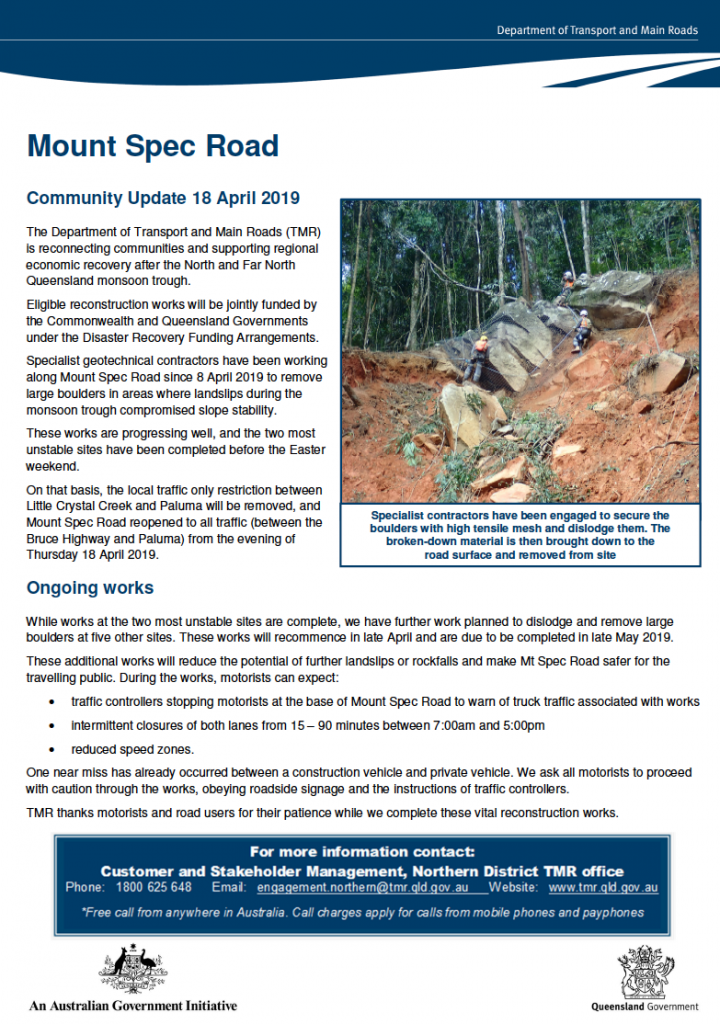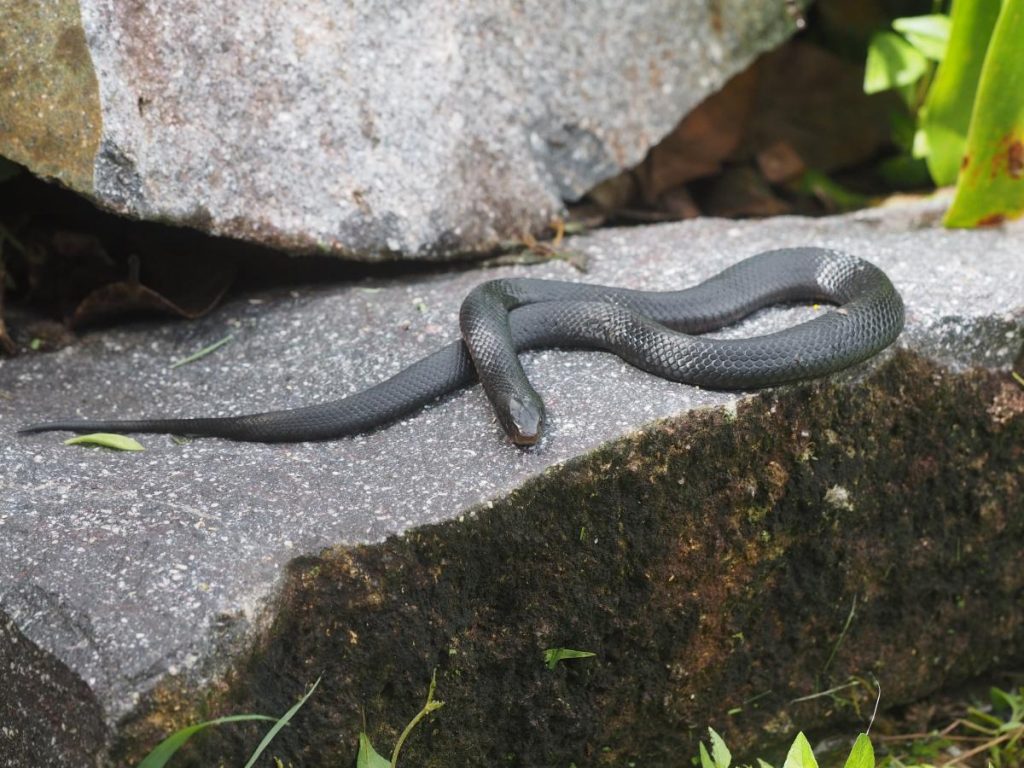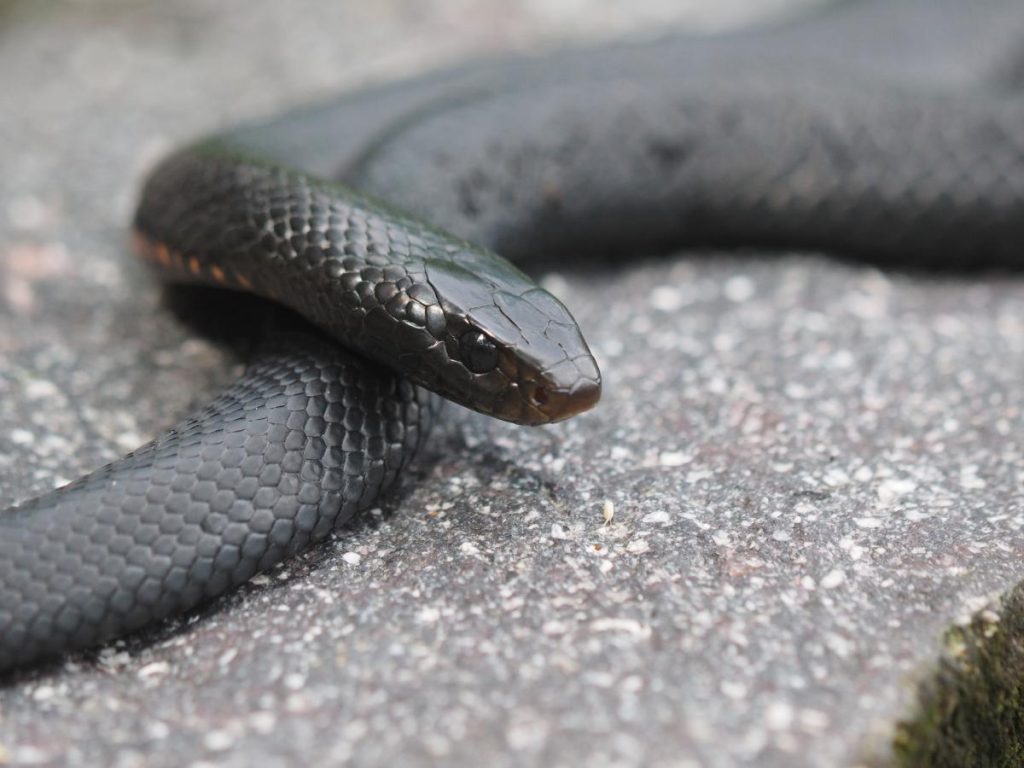Ever wondered what exactly the PDCA does during the year? I did before I joined the Executive Committee, but found that reading through past President’s reports was a very useful primer on how the PDCA works to improve facilities and services in the village. Several past reports can be found on our website, and I am posting my contribution to this here.
Please contact me (or add a comment) if you have any questions about what has been reported, or if you have any suggestions for what we need to concentrate on this year.
Jamie Oliver
PDCA President’s Report – 2018-19
Over the last year several important milestones have been achieved in Paluma. For each of these the insights, planning and management needed to achieve these outcomes has been the result of the efforts of many people over the course of more than just one year, including all members of the PDCA executive. I think that all Paluma residents should feel very proud of what a small community such as ours can achieve across a range of issues if we work together with a common vision.
Key outcomes for the year that I would particularly like to highlight include:
- Completion of the new Community Hall Extension. All members of the PDCA executive contributed significantly to this outcome but it is the early work of previous executive members such as John Tubman and Michael Drew that was important in designing the hall, finding funds, developing plans, and managing the building contract. Without Michael’s effort we would never have had sufficient funds to start this extension, and without his efforts in chasing up a builder who could do the work within our budget it would never have been completed. In appreciation of the efforts of John Tubman, on this and a myriad of other contributions to the PDCA, we named the extension the John Tubman Room. All members of the Executive, especially Wilfred and Lynn, also played a crucial role in identifying areas requiring attention during the constructions, thus ensuring a Room that will serve our purposes for many years to come.
- Completion of the new Water Treatment Plant. This had been a prolonged and controversial project that might never have happened without the persistence and determination of most Paluma residents to hold the council to its obligations in providing clean potable water. The quality of our water now exceeds that of Townsville and many of its suburbs.
- Opening of the High Ropes Course. It was fantastic to see the opening of the first new commercial facility at Paluma in many years. The PDCA cannot claim any responsibility for this but we have been enthusiastically supportive of the efforts and vision of Sam Stedman and Wilfred Karnoll who partnered in developing the facility. It appears to be a success with regular use by schools and other private groups
- Repair of the Hussy Rd turnoff and paving of the beginning of Hussey Rd. This has been an ongoing issue for many years but thanks to the efforts of Michael Drew and other residents of the “Republic of Hussey Road” it has now been completed.
- Installation and commissioning of the new Telstra Mobile phone tower. This has had a major impact on our community, providing high quality digital and voice communication throughout the village and out to Hussey Road. The ground work for this project was laid by several previous PDCA executive members.
- Construction of a new Website – Paluma.org. We now have a highly functional website that provides information on the attractions and history of Paluma. It also allows regular contributions from our prolific nature and social bloggers (Colwyn Campbell and Michele Bird) as well as other residents. A review of website usage indicates that we get about 350 visits per month. Most of this traffic is directed at the various posts, but we have also had more than 1000 downloads of documents from the Maps and History sections of our library. Currently the website has of 54 pages of information (separate from regular posts) and more than 200 photographs that can be displayed in slideshows or used for illustrative purposes.
In addition to these major milestones, the PDCA has also continued to carry or promote our annual program of social, cultural and sporting activities. These include:
- Paluma Push – our role was to provide assistance at check points and hold a end of event BBQ for all volunteers
- Paluma Races –provided a venue for the start, assistance with promotion, logistics and checkpoints
- Our regular Social Nights organized by Lynn and Les Hyland with help from many others
- Garden Competition
- Bush Dance with Wattle and Gum
- Sunday Markets
Lynn continued to do a fantastic job managing hall bookings this past year. We have attracted a number of interesting groups up to Paluma (Blankets of Love, Buddhist Retreat, Plant Identification course) and this not only helps to enhance our visibility as a great place to hold workshops or retreats, but also continues to make an important financial contribution to the Association.
In addition to the construction of the new Hall extension, the Paluma Community Centre Management Committee (SES, PDCA, PRFS) has reviewed the need for major maintenance of the rest of the building and has arranged for the existing roof to be re-screwed, gutter brackets replaced and new skylights installed. Further maintenance and improvement works such as a covered walkway between the back SES door and the back stairs to the new Hall extension, and the installation of a concrete slab under the hall for a generator, is being planned for this year.
The PDCA spent some time looking at safety issues this year. We held meetings with Transport and Main Roads to discuss the need for upgrades of the range road at several spots and have been informed that efforts will be made to include this work in the next bid for road funding in 2019-20. The PDCA has had several discussions with relevant authorities about speeding in the village and we will continue to lobby for appropriate signage and other realistic measures to make are village roads safer. We have also reviewed arrangements for the location of the Royal Flying Doctor Service kits. It will remain at the Ivy Cottage with Ian Marshall acting as the key contact person. We have also investigated options for access to a defibrillator. Currently there is a defib (currently being serviced) in the Paluma Fire Brigade vehicle, and Michael Drew has arranged for a second unit (in service) to be made available over the Easter weekend in the Hall. To cater for other injuries, Juanita Poletto has organized the placement of a St John’s Ambulance first aid kit (with additional kits for burns and snake bites) in the hall, together with appropriate signage.
Building on the capabilities of our new website, we have undertaken a major revision of the format for Turkey Talk. Given that our web posts now cover over 90% of traditional Turkey Talk content, the newsletter is now circulated as a quarterly digest of new information posted to the Website.
Although the PDCA has accomplished quite a bit during the year, we still have a list of issues and jobs that we started to address but have not reached full completion or resolution. Some of our priorities for next year include:
- Finalize discussion with TMR on road closure policies during and after road slips, vegetation clearance schedules, and on funding for a major works program to address safety hotspots on the road
- Construction of a platform and interpretive signage for the Star Valley Lookout
- Development of new garden beds along the main roads of the village
- Construction of a walkway with Platypus viewing platforms
Jamie Oliver
PDCA President

